

Table of contents:
For many international exchange students, the cost of living in Japan can be an eye-opener. When I first arrived in Japan as a student, I burned through my savings faster than expected and had to call my parents for help. The reality of student expenses in Japan turned out to be very different from what I had imagined—especially with the yen’s higher value at the time.
Tokyo is often labeled as one of the most expensive cities in the world, and while that’s true, student life in Japan doesn’t have to drain your bank account. Your actual spending depends on where you live, how you budget, and the lifestyle choices you make.
Over the years, I’ve seen many international students live comfortably in Japan by making smart financial decisions. Some found great deals on shared apartments, while others saved money by cooking at home instead of eating out. The key is understanding what to expect and planning ahead.
In this guide, I’ll break down the real costs of student life in Japan and share practical tips to help you budget wisely and make the most of your experience.

1. Student Budget Planning in Japan – What You Need to Know
Japanese immigration wants to make sure you can support yourself as an exchange student to Japan. You'll need to show proof of ¥2 million for one year of study. Let me break this down based on my experience helping international students manage their finances.
1.1. Fixed vs Variable Costs – Managing Your Student Budget
Living expenses in Japan expenses in Japan split into two types:
Things you can't change much (Fixed costs - 固定費 - kotehi):
- Your monthly rent and utilities
- Insurance payments
- Phone bills
Things you can adjust (Variable costs - 変動費 - hendohi):
- Food costs
- Entertainment spending
- Shopping habits
- Getting around town
1.2. Monthly Budget Breakdown – Rent, Food, and Transport Costs
From what I've seen with my students, plan to spend between ¥120,000 to ¥150,000 each month. But here's the thing - location makes a huge difference. While average rent sits around ¥38,000 nationally, Tokyo apartments often start at ¥50,000. In Kyoto, most of my students spend about ¥50,000 a month on student apartments, which are very small spaces.
Here's what your monthly spending typically looks like:
- Apartment: ¥40,000 - ¥60,000
- Basic utilities: ¥9,000 - ¥150,000
- Phone plan: - ¥8,000
- Food shopping: ¥30,000 - ¥45,000
- Getting around: ¥4,000 - ¥12,000
- Health coverage: ¥2,000 - ¥6,000
Local Insight:
Plenty of my students live comfortably in smaller cities or shared housing. One of my former students in Osaka paid half what his Tokyo friends did for a similar lifestyle.1.3. Emergency Money Matters
Japanese schools take student finances seriously. Take the University of Tokyo - they offer emergency help through their Foundation's Support Fund:
- Quick loans up to ¥200,000 if you're stuck
- Support money up to ¥100,000 for disasters
Immigration rules say you need ¥1 million in savings for every 6 months of study. This isn't just bureaucracy - I've seen this safety net help students through tough spots.
The smart move? Consider living costs in smaller cities. Places like Fukuoka or Nagoya offer great education with much lower living costs than Tokyo. One of my former students saved nearly 40% on rent by choosing to study in Osaka instead of Tokyo.

Popular Articles


Tokyo Favorites: 20 Must-Do Experiences for Travelers
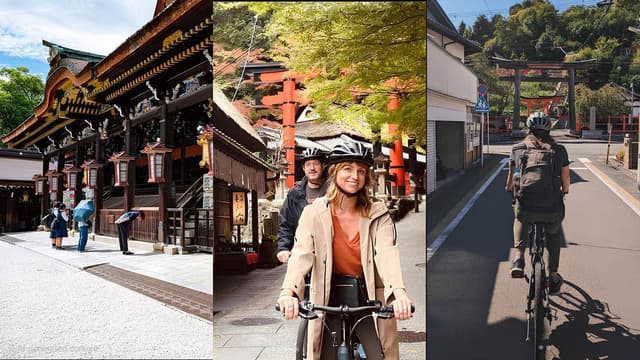
Kyoto Bike Tours: Discover the City’s Hidden Gems with Noru
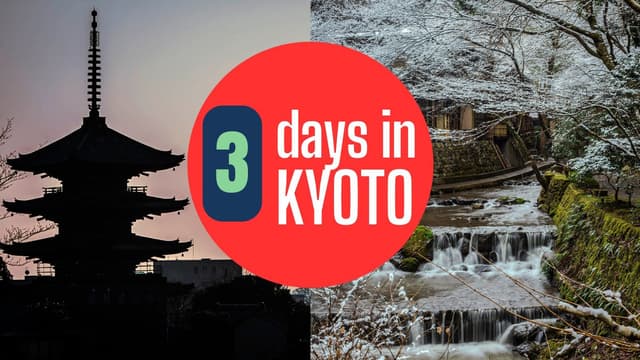
Kyoto 3-Day Itinerary: Best Things to Do for First-Time Visitors

Universal Studios Japan Tickets: Your Guide to Visiting USJ
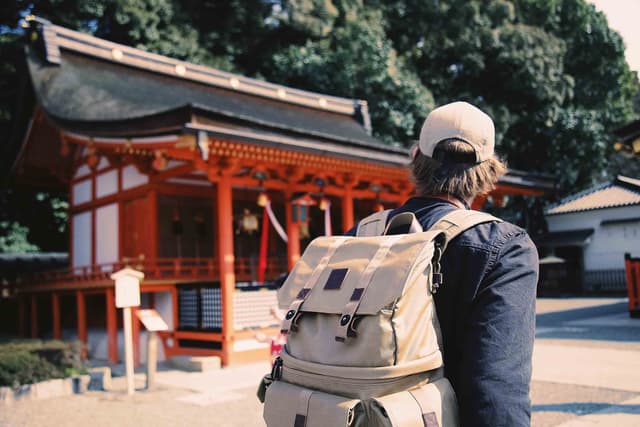
Find Out What Japan Really Thinks of Foreign Tourists

Manga Explained: Top Recommendations for Beginners
2. Housing Options for Students in Japan – Dorms, Apartments, and Shared Living
Student housing comes in three main types:
- University dormitories (学生寮 - gakusei ryou): ¥20,000 - ¥60,000 monthly.
- Private apartments (アパート - apaato): ¥40,000 - ¥80,000 in smaller cities (remember that Tokyo is more expensive).
- Shared houses: These are usually old houses with plenty of small rooms but are cheaper than private places.
Location makes a huge difference in what you'll pay. The national average sits at ¥38,000 monthly, but Tokyo pushes that up to ¥50,000. Want to save money? Cities like Hiroshima or Fukuoka offer rooms for ¥26,000-¥27,000 monthly.
3. Understanding Japanese Utility and Insurance Costs for Students
3.1. Monthly Utility Costs – Electricity, Gas, and Water Rates in Japan
Your average utility bills may look like:
| What You're Paying For | Monthly Cost |
| Electricity | ¥5,791 |
| Gas | ¥3,021 |
| Water | ¥2,172 |
3.2. Health Insurance in Japan – Coverage and Costs for Students
You'll need to join Japan's National Health Insurance (国民健康保険 - kokumin kenkou hoken). It costs about ¥20,000 yearly and covers 70% of your medical bills. That means if you catch a cold or need to see a doctor, you only pay 30% of the cost.

4. Transportation Costs – Getting Around Japan as a Student
- A student commuter pass (通学定期券 - tsuugaku teikiken) usually runs between ¥10,000 and ¥20,000 monthly.
- Many schools offer discounts - Japan Rail East knocks 20% off their passes.
- Get an IC Card to make travel payment more convenient.
Local Insight:
Living close to school? You might spend just ¥4,000 monthly on transport. Many of my students use bicycles for short trips - it's cheap and keeps you fit!
5. Food Costs and Budget-Friendly Meal Ideas for Students in Japan
Students often ask me about food costs in Japan. A typical student cooking at home spends between ¥25,000 to ¥35,000 monthly on groceries. In addition, while many university students in other countries may include alcohol as part of their weekly budget, please be mindful of the Japan's legal drinking age.
5.1. Grocery Shopping Tips – How to Save Money on Food
Japanese supermarkets have a rhythm to their discounts. Most places mark down fresh items (値引き - nebiki) by 10-20% around 2 PM, with discounts hitting 70% near closing time.
Here's what basic groceries cost these days:
| Food Item | Price |
| Rice (5kg) | ¥1,972 |
| Milk (1L) | ¥212 |
| Eggs (10) | ¥227 |
| Bread (1kg) | ¥479 |
5.2. Cheap Eats – Best Cafeterias, Konbini, and Chain Restaurants
"When I first started teaching, I noticed students spending too much eating out. Now I always tell them about university cafeterias (学食 - gakushoku) - they're a lifesaver for tight budgets."
School Cafeteria
School cafeterias serve balanced meals for ¥400-600, usually including:
- Main dish (主菜 - shusai)
- Side dishes (副菜 - fukusai)
- Soup (お吸い物 - osuimono)
- Rice or bread (ご飯かパン - gohan ka pan)
Some cafeterias now offer vegetarian, halal, and allergy-safe options. Some even give bonus credit on pre-paid meal cards.
Convenience Stores
Convenience stores (コンビニ - konbini) sell decent meals for ¥400-600 when you're rushed. But here's how my students save real money:
- Shop at budget stores like 業務スーパー (Gyomu Super) and OK Store
- Buy seasonal vegetables at local markets
- Look for 夕方割引 (yuugata waribiki - evening discounts) on ready meals
Fruits and vegetables can be surprisingly expensive in Japan. One of my students joined a local co-op (生協 - seikyo) and cut her produce costs by 30%. Chain restaurants like すき家 (Sukiya) or 松屋 (Matsuya) offer filling meals for ¥400-1,000, perfect for student budgets.
6. Student Discounts in Japan – Saving Money on Travel, Entertainment, and Shopping
6.1. ISIC and Student ID Benefits
The International Student Identity Card (ISIC) unlocks Japan's biggest student discount network. My students tend to use it for:
- Train travel (20% off JR fares over 100km – use with an IC card like Suica)
- Free entry to museums
- Cheaper movie tickets
- Deals at shops
Your regular 学生証 (gakuseishou - student ID) works magic too. Places like the National Museum of Nature and Science often let students in free. Keep both cards handy - you never know when you'll spot a student discount!
6.2. Seasonal Sales and Bargain Shopping in Japan
Japanese shops follow a strict sale calendar (バーゲンカレンダー - baagen karendaa):
| When | What's On Sale |
| Early January | Winter stuff, 福袋 (fukubukuro - lucky bags) |
| March-April | School gear, new term items |
| July-August | Big summer sales (10-80% off) |
| December | Year-end clearouts |
6.3. Money-Saving Apps for Students
Tech-savvy students use these apps to stretch their budgets:
Quick Payments:
- LinePay and PayPay for easy shopping
- Apple Pay when you're in a hurry
Money Tracking:
- Wise for sending money home without huge fees
- Moneytree to watch your spending
- Wallet for budget planning
7. Recycle Shop: How University Students in Japan Save Money
Don't forget about recycle shops, or secondhand stores (リサイクルショップ - risaikuru shoppu). Japanese people take great care of their things, so used items are often like new.
These recycle/secondhand stores can often be found close to a university campus. Students who graduate will often sell their furniture at these places before returning to their hometown or moving to a new city for work.

8. Part-Time Jobs for Students in Japan – Rules and Earnings
"I remember one of my students who took on too many part-time hours at a restaurant. His grades dropped so badly that he almost lost his visa status. Learn how to manage your time!"
About 67% of international students work part-time here, earning around ¥59,000 monthly. Let me share what you need to know about アルバイト (arubaito - part-time work) in Japan.
8.1. Work Permit Rules – What International Students Need to Know
First, you'll need a special permit called "Permission to Engage in Activity other than that Permitted under the Status of Residence." The rules are strict:
- No more than 28 hours weekly during school
- Up to 8 hours daily during school breaks
- No late-night work (10 PM - 5 AM)
- Stay under ¥1,030,000 yearly to avoid tax headaches
8.2. Popular Part-Time Jobs for Foreign Students in Japan
Here's where most foreign students work:
| Type of Work | Percentage of Students |
| Restaurants (飲食店 - inshokuten) | 35.0% |
| Shop Staff (販売員 - hanbaiin) | 30.2% |
| Factory Jobs | 6.1% |
| Teaching Assistant | 5.6% |
| Language Teacher | 3.9% |
Most places pay ¥800-¥1,200 hourly. Stay away from adult entertainment or gambling jobs - they're completely off-limits for students.
8.3. Balancing Work and Study
"I’ve sadly had to fail students that prioritized work over coming to class. I would have loved to give them a break, and just pass them. But, if you don’t come to class, and you don’t do your assignments, I can’t pass you."
Smart ways to balance work and study:
- Start small - maybe just 10 hours weekly
- Pick jobs that understand exam schedules
- Save extra hours for holiday breaks
- Look for campus jobs (they usually get it)
Teaching English? Start with one 2-hour lesson weekly. That ¥59,000 monthly won't cover everything, so don't count on part-time work as your main money source.
Watch out for job ads promising ¥3,000 per hour or ¥200,000-300,000 monthly. Trust me - if it sounds too good to be true in Japan, it usually is.
9. Final Thoughts on Student Life Costs
Living as a student in Japan takes some getting used to. That ¥120,000 to ¥150,000 monthly budget might look scary at first. But trust me, it gets easier once you learn the local ways of saving money.
Tokyo isn't your only choice. I've had students thrive in places like Nagoya and Fukuoka, getting the same quality education while spending way less on rent and food. One of my former students in Osaka lived comfortably on ¥100,000 monthly by making smart choices about housing and food.
If you're thinking about part-time work (アルバイト - arubaito), remember:
- Your student visa means study comes first
- Watch those work hour limits
- Find places that understand exam schedules
- Keep some savings for emergencies
Thousands of international students make it work in Japan every year. With some planning and the right information, you can too. Just remember - you're here to study first, everything else comes second.
FAQs
How much does it cost to live in Japan as a student per month?
On average, a student in Japan can expect to spend between 120,000 to 150,000 yen per month for living expenses, excluding tuition fees. This amount covers basic necessities like housing, food, utilities, and transportation.
What is the minimum amount of savings required for a student visa in Japan?
Japanese immigration typically requires proof of funds equivalent to about 2 million yen for one year of study. This ensures students can cover their living expenses and any emergencies that may arise during their stay.
Are there affordable housing options for students in Japan?
Yes, there are several affordable housing options for students. University dormitories can cost between 20,000 to 60,000 yen per month, while shared housing or guesthouses often provide more budget-friendly alternatives to private apartments.
Can international students work part-time in Japan?
Yes, international students can work part-time in Japan, but there are restrictions. Students are allowed to work up to 28 hours per week during school terms and 8 hours per day during official school breaks, with some limitations on the types of jobs permitted.
Are there ways for students to save money on daily expenses in Japan?
Absolutely. Students can save money by using their student ID for discounts, shopping at 100 yen stores, looking for seasonal sales, using digital apps for savings, and taking advantage of student meal plans at university cafeterias. Cooking at home and shopping for groceries during evening discount hours can also significantly reduce food expenses.
Loading Comments...

James Saunders-Wyndham
I've been immersed in Japanese culture and daily life for over 30 years and am proud to call Japan my home. Originally from Australia, my journey has taken me from teaching at Japanese universities to traveling extensively across the country, uncovering its hidden gems. As a web developer, I built Romancing Japan from the ground up to share these experiences with you. Whether it's the charm of old Kyoto, the pulse of Tokyo, or the tranquility of the countryside, I love helping others discover the magic of Japan—one story at a time.
Popular Articles

Tokyo Favorites: 20 Must-Do Experiences for Travelers
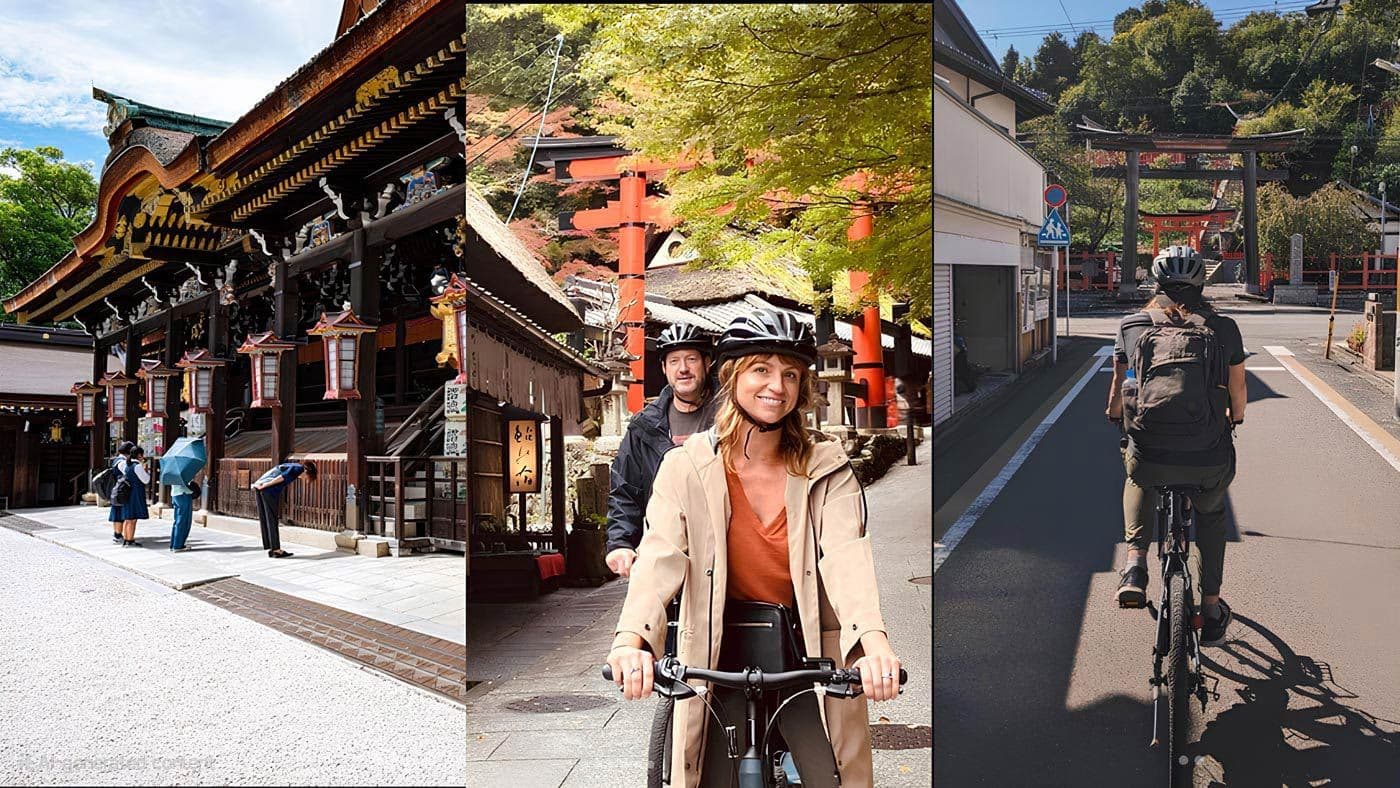
Kyoto Bike Tours: Discover the City’s Hidden Gems with Noru
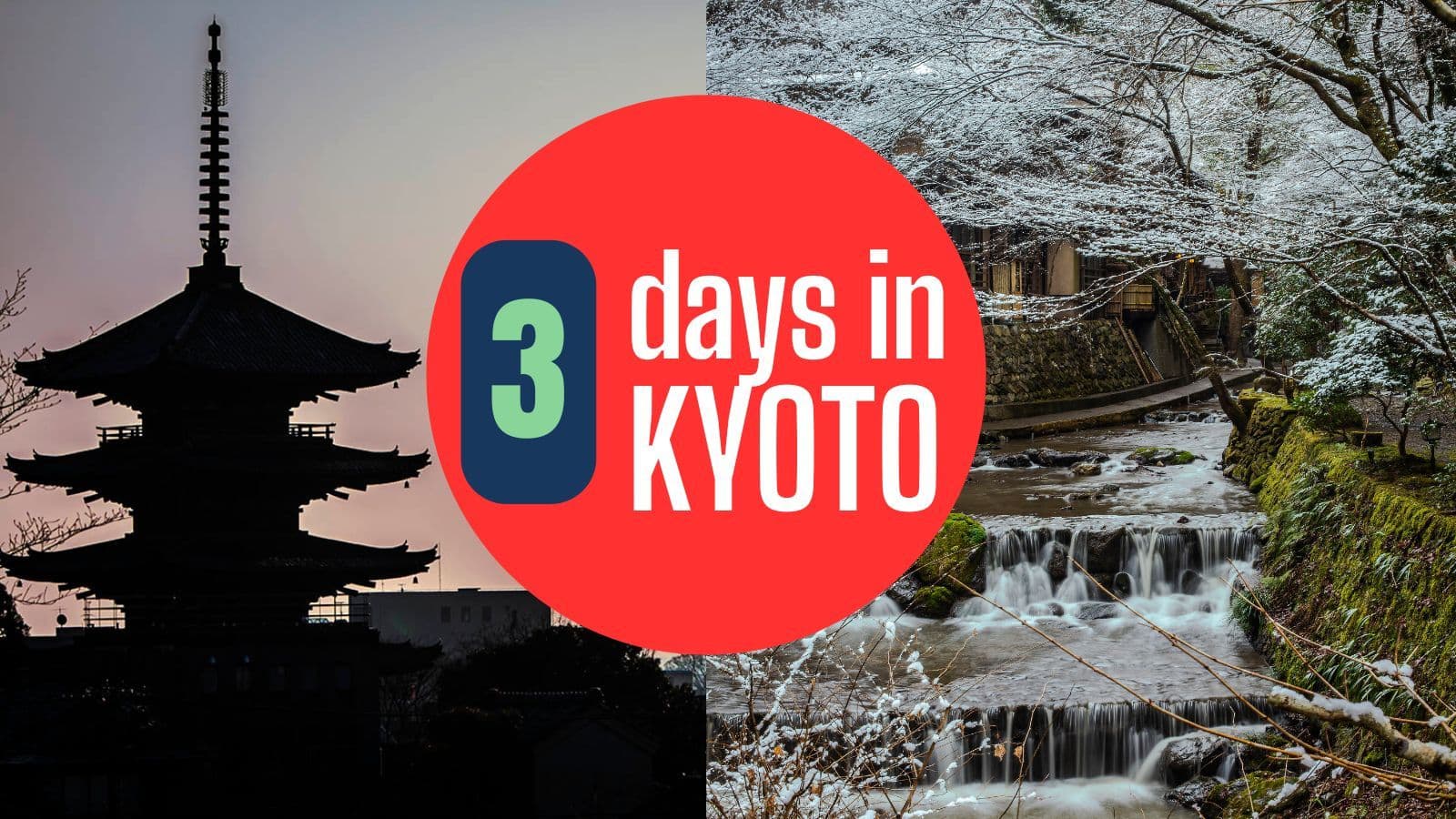
Kyoto 3-Day Itinerary: Best Things to Do for First-Time Visitors

Universal Studios Japan Tickets: Your Guide to Visiting USJ
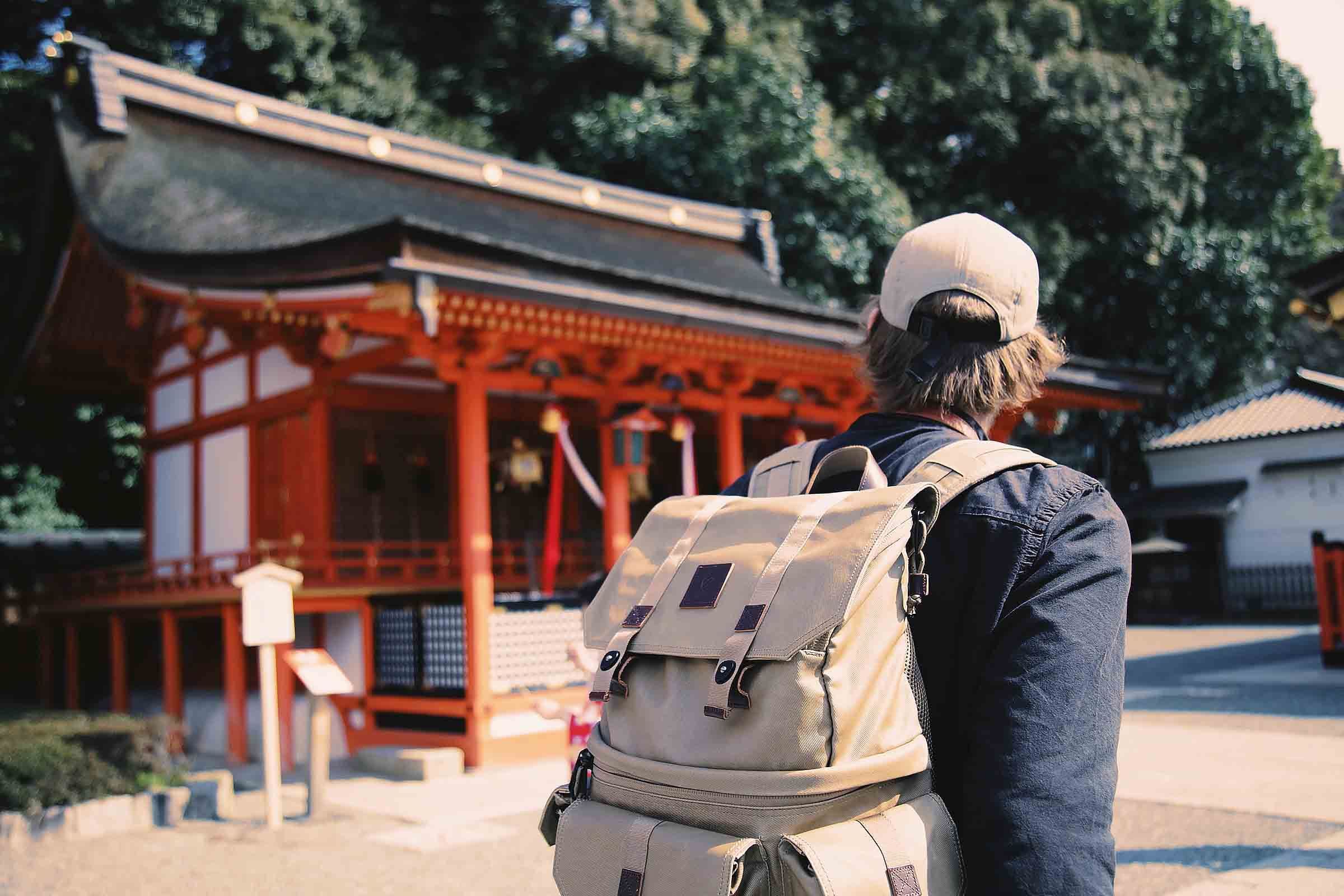
Find Out What Japan Really Thinks of Foreign Tourists
